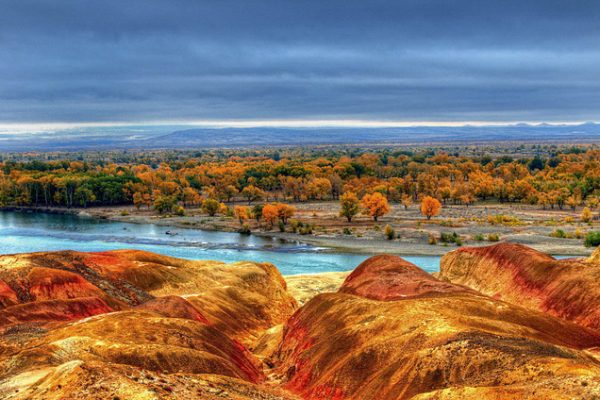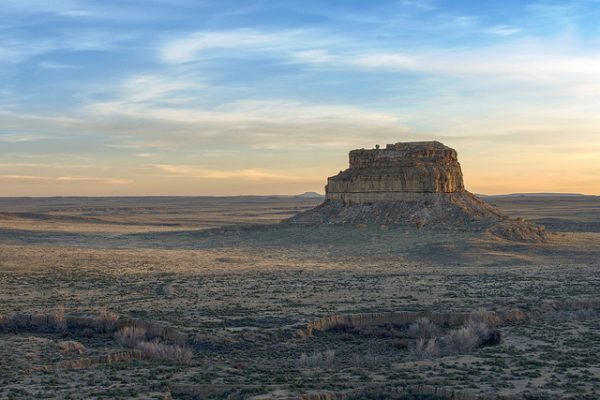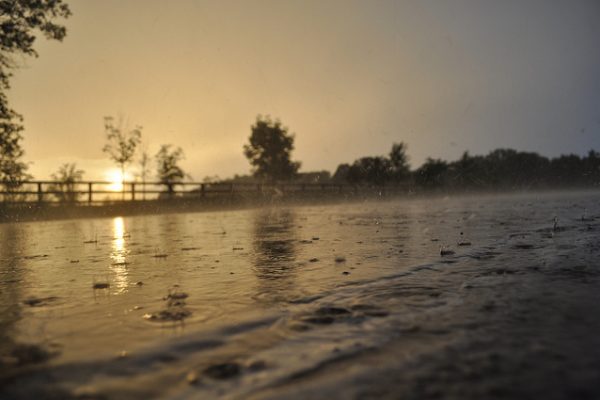How to Configure the Number of Layers and Nodes in a Neural Network
Last Updated on August 6, 2019 Artificial neural networks have two main hyperparameters that control the architecture or topology of the network: the number of layers and the number of nodes in each hidden layer. You must specify values for these parameters when configuring your network. The most reliable way to configure these hyperparameters for your specific predictive modeling problem is via systematic experimentation with a robust test harness. This can be a tough pill to swallow for beginners to […]
Read more








